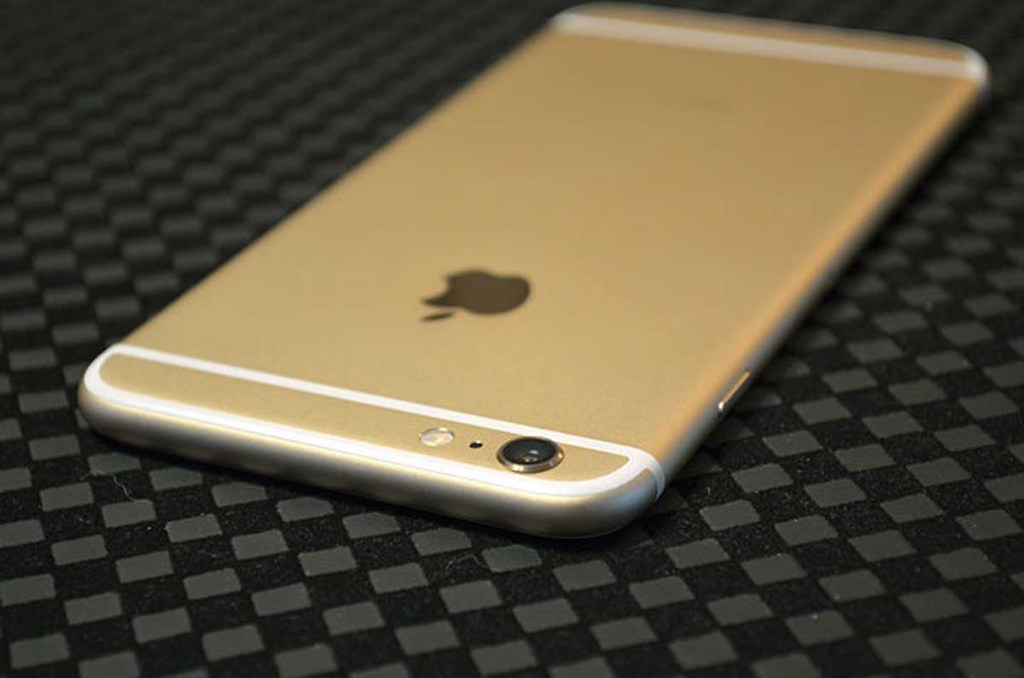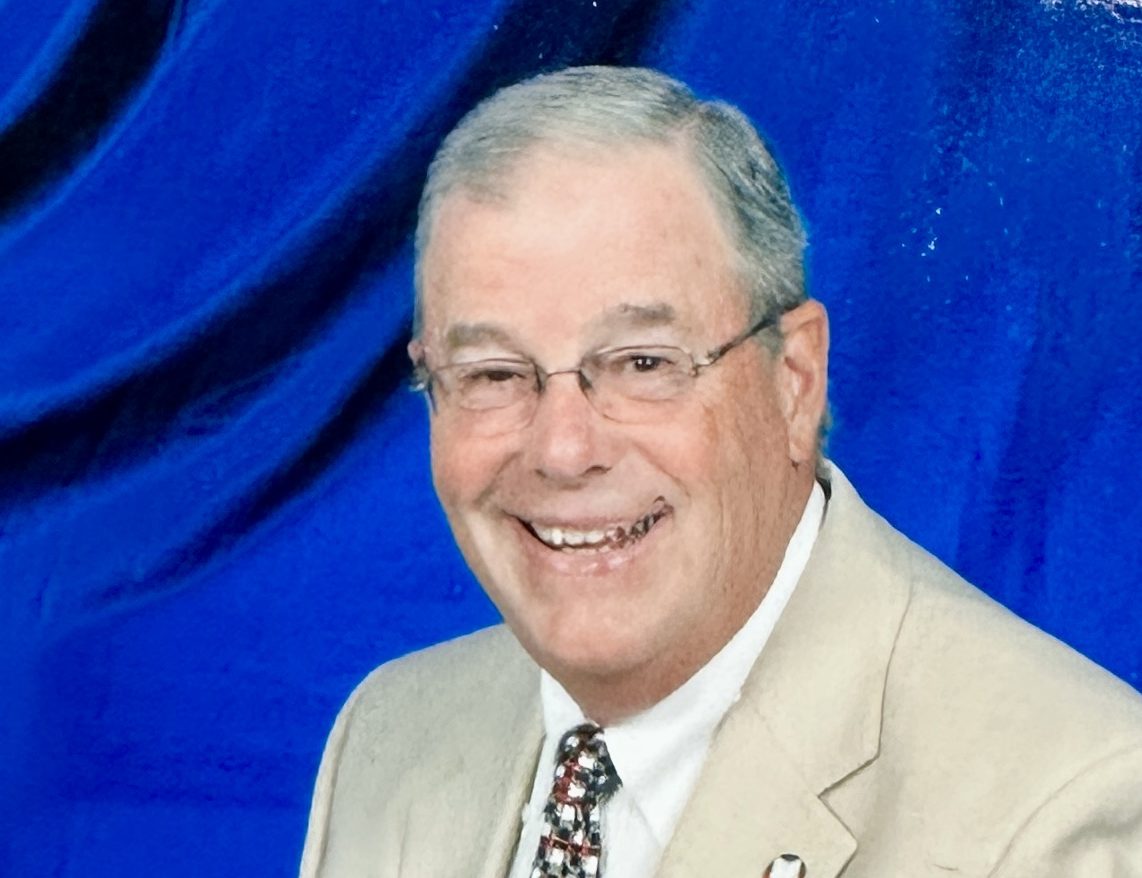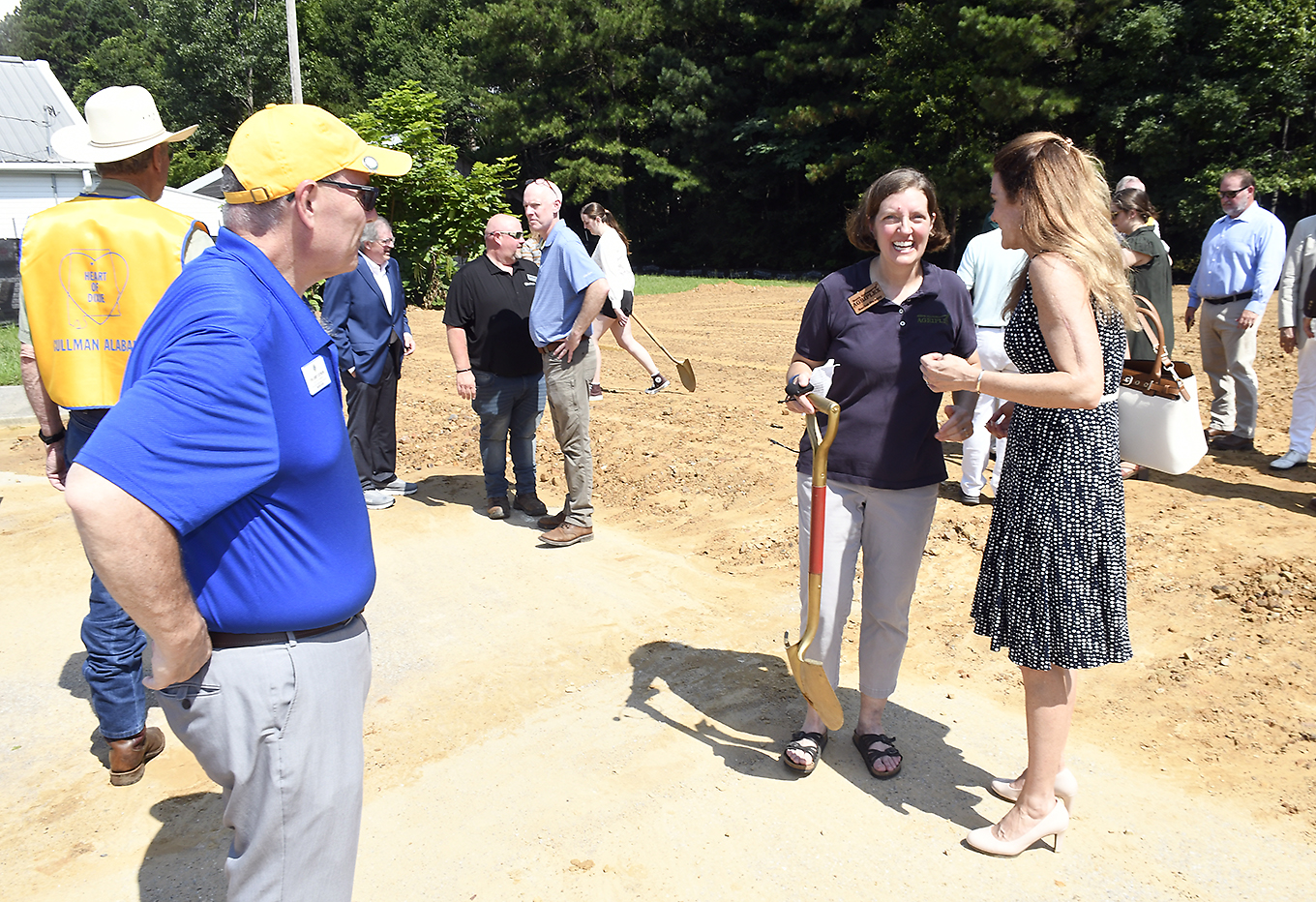Smartphone political ads target non-political events to talk directly to voters, one by one
Published 7:15 am Saturday, July 8, 2017

- iphone
WASHINGTON — The Point Pleasant Sternwheel Regatta Parade in West Virginia is not an event you’d expect to find political ads bombing the smartphones of spectators celebrating holiday music and food on the banks of the Ohio River.
Welcome to the digital age, where no event is too local for national political parties bent on getting their message across to assembled crowds, one by one.
Scores of people at the regatta festival saw a six-second political video on their mobile phones criticizing Republican Congressman Evan Jenkins, the parade’s grand marshal, over the GOP health care plans to replace Obamacare.
Sponsored by the national Democratic Senatorial Campaign Committee, the ad was aimed at holding Democrat Sen. Joe Manchin’s seat in the U.S. Senate against a possible challenge by Evans.
The non-skippable ad covering the screen showed a hospital bill saying pregnancy care is considered a pre-existing condition. “What will the Republican health care plan cost you?” the ad asks.
What will the Republican health care plan cost you? WATCH: pic.twitter.com/cX6y6y0vff
— Senate Democrats (@dscc) June 11, 2017
Similar ads flashed on cellphones at several July 4th events featuring Republican congressmen expected to run for Democrat senate seats up for election in 2018. Events such as the fireworks display in New Castle, Pennsylvania, highlighting GOP Congressman Mike Kelly; and the Lion’s parade in Brownsburg, Indiana, cheered on by Congressman Todd Rokita.
The mobile ad approach illustrates how contemporary campaigns are using technology to go beyond partisan rallies, mailings, phone calls and door knocking to reach voters.
Through techniques called geo-fencing and geo-location, they are able to use global positioning or radio frequency to define a geographic area, then set up triggers to send text and video ads and alerts to people in the vicinity.
Republicans deploy them as well as Democrats.
Sen. Elizabeth Warren, a liberal Democrat from Massachusetts, has become the poster lawmaker of Republican digital ads. A GOP commercial running in Pennsylvania, Ohio, West Virginia and seven other states declares Democratic Senate incumbents in those states voted with her 90 percent of the time.
The Democratic Senatorial Committee planned the smartphone video drum beat against Republicans over the long congressional recess at events they were in the spotlight — such as Rep. Lou Barletta of Pennsylvania at the Hazelton Chamber of Commerce breakfast Friday.
Many Republicans are not holding town hall meetings after several of them turned contentious over health care. The digital ads are meant to confront Republicans with the issue as they come in contact with voters at other events in their states.
“There is no rock that Republican Senate candidates can hide under to escape their toxic health care plan,” said David Bergstein, national spokesman for the committee.
Democrats seek to saddle incumbent and potential GOP Senate candidates with what public opinion polls said is unpopular Republican plans to repeal and replace Obamacare.
Bergstein said health care will be the defining issue in next year’s mid-term elections, pointing to recent polls by NBC News and the Wall Street Journal showing only 16 percent of the respondents supporting the Senate Republican plan.
The smartphones ads, Bergstein said, are a better way get to voters than traditional TV ads during the summer. Instead of sitting at home in front of their television, they’re out and about with their smartphones, he said.
Ultimately, digital ads aren’t as important in deciding elections as the candidate’s strengths or weaknesses, said Nathaniel Persily, a Stanford University law professor and former senior Research Director for the Presidential Commission on Election Administration.
“Barack Obama was an incredible candidate besides the digital tools,” he said at a New York University Law School panel discussion in December on the use of technology in campaigns. “Hillary Clinton had certain flaws, and Donald Trump had some strengths.”
Still, he noted, last year’s presidential campaigns spent three or four times as much online for ads as previous presidential campaigns. And even more is expected to be spent in future elections.
When Democratic Senator Casey gave the commencement address at Penn State Law School in May, people with Snapchat or Facebook aps in the area got a National Republican Senatorial Committee ad accusing the former governor of being a career politician.
“Senator Bob Casey has been in office since you’ve been learning how to spell,” the ad said.
Bob Salera, spokesman for the Republican Senatorial Committee, said the targeted smartphone ads “allow us to speak directly to voters attending events, and remind them that Democrats like Bob Casey do not have their best interest at heart and are refusing to work to alleviate the burden that has been caused by Obamacare.”
When the Cleveland Indians played their home opener at Jacobs Field in April, people using Snapchat at the game saw a cartoon of Democratic Ohio Sen. Sherrod Brown swinging and missing at a pitch appear on their phones.
“Striking out on jobs,” it said.
Contact Washington reporter Kery Murakami at kmurakami@cnhi.com.





